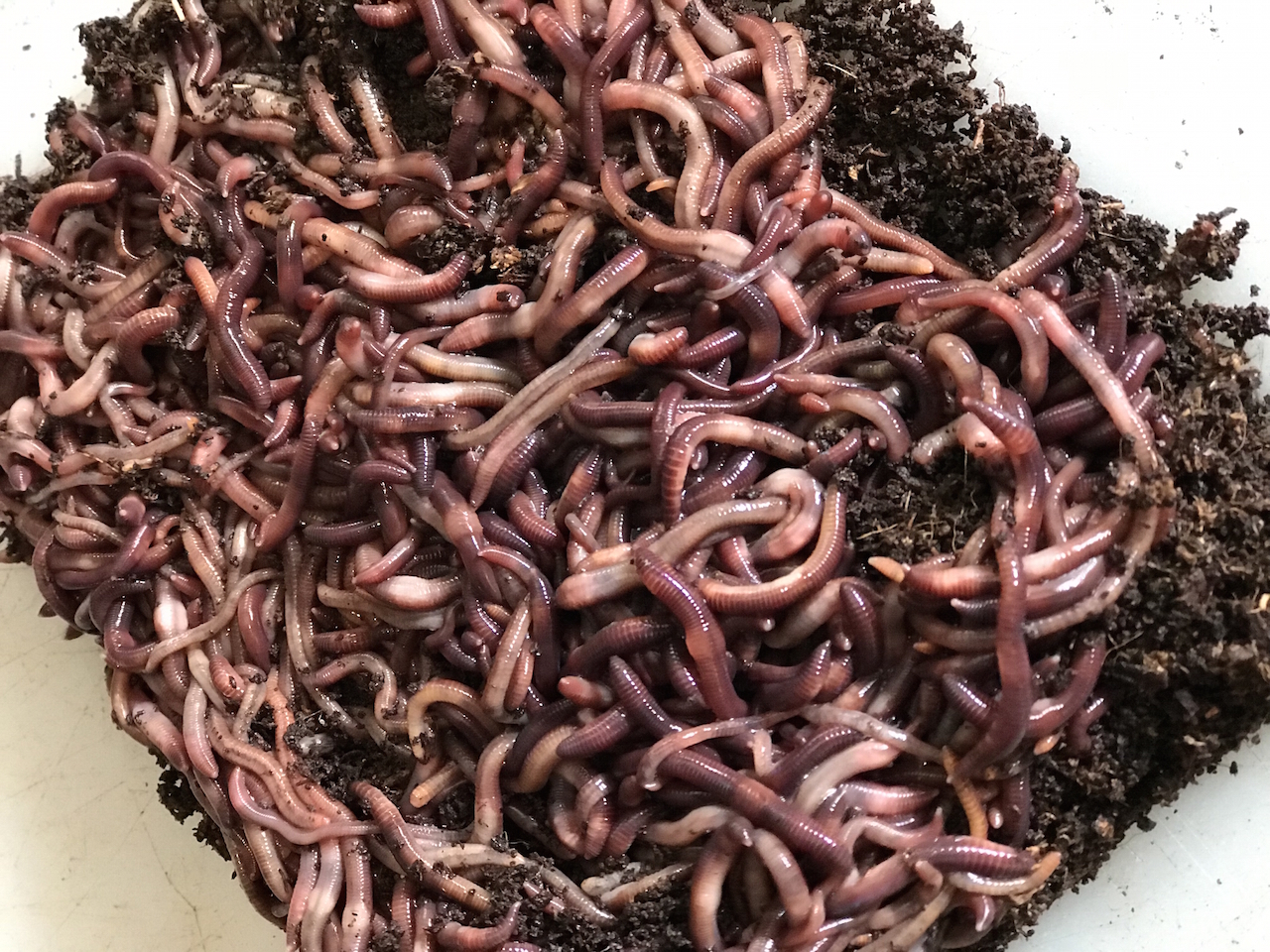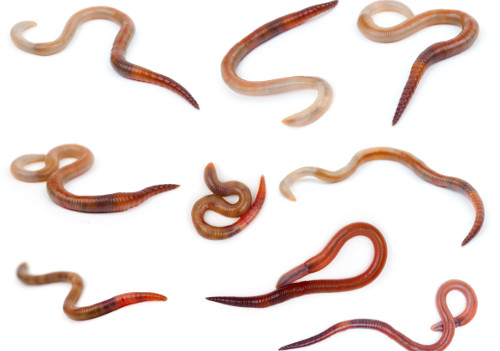Red Wiggler Worms - Enhance Your Soil Wellness Normally
Red Wiggler Worms - Enhance Your Soil Wellness Normally
Blog Article
Making Best Use Of the Conveniences of Red Wiggler Worms: A Comprehensive Guidebook for Home Gardeners and Urban Farmers
In the world of sustainable horticulture methods, red wiggler worms stand as unhonored heroes, quietly transforming natural waste into nutrient-rich spreadings that can function marvels for soil health and wellness. By exploring the details of exactly how to efficiently care for and maximize the advantages of red wiggler worms, people can unlock a wealth of opportunities for boosting the sustainability and efficiency of their gardening endeavors.
Understanding Red Wiggler Worms
Red Wiggler worms, renowned for their effective composting abilities, are a species of earthworms commonly made use of in vermiculture methods. These worms, medically known as Eisenia fetida, flourish in decaying natural material, making them optimal candidates for composting.
One key feature of Red Wiggler worms is their reproductive price. These hermaphroditic creatures have both male and women reproductive body organs, permitting them to replicate quickly under favorable conditions. A fully grown Red Wiggler can generate multiple offspring in a brief period, guaranteeing a constant populace within a composting system.

Establishing Up a Worm Bin
When establishing a worm bin for vermiculture purposes, appropriate prep work and focus to information are crucial for creating a favorable atmosphere for Red Wiggler worms. Begin by picking a suitable container for your worm bin. This can be a plastic or wooden container with a lid to preserve dampness levels and shield the worms from light. Make certain that the container has drainage holes near the bottom to avoid waterlogging.

Area the worm container in a great, dark area away from direct sunshine and severe temperature levels. By adhering to these steps, you can set up a prospering worm container that will effectively process natural waste into nutrient-rich vermicompost for your yard.
Feeding and Maintaining Worms
Making sure a nourishing and well balanced diet regimen is crucial for the health and wellness and productivity of Red Wiggler worms in a vermiculture system. It is important to prevent feeding them citrus fruits, onions, garlic, dairy items, meat, and oily foods as these can be harmful to the worms or create unpleasant smells in the container.
Appropriate dampness levels are likewise vital for the well-being of Red Wiggler worms. The bedding should seem like a damp sponge, providing enough wetness for the worms to breathe through their skin. Routinely check the dampness levels and change by adding water or completely dry bed linens material as needed. Furthermore, keeping correct temperature level conditions between 55-77 ° F(13-25 ° C )will make sure optimum worm activity and recreation. By diligently checking their diet plan, wetness, and environmental problems, home gardeners and metropolitan farmers can maintain a healthy and effective Red Wiggler worm population for composting objectives.
Gathering Worm Castings
To efficiently draw out nutrient-rich worm spreadings from the vermicompost, an organized harvesting process is important for making best use of the composting advantages. The first action in gathering worm castings is to motivate the worms to move to one side of the bin.
After the spreadings have been harvested, it check these guys out is very important to separate any type of staying worms from the spreadings to avoid damaging them throughout storage or application. One efficient approach is to develop cone-shaped stacks of castings under bright light. Worms will instinctively relocate away from the light, enabling easy splitting up and elimination.
Finally, the harvested worm spreadings should be saved in an awesome, dark, and completely dry area to keep their high quality and efficiency as a nutrient-rich soil change. By following these steps, home gardeners and city farmers can optimize the benefits of red wiggler worms in their vermicomposting systems.
Utilizing Worm Castings in Gardening
The incorporation of nutrient-rich worm castings into yard soil can substantially enhance plant development and general soil health. Worm spreadings, likewise called vermicast, are a natural fertilizer produced by red wiggler worms as they damage down natural matter. These castings are abundant in crucial nutrients like nitrogen, phosphorus, potassium, and beneficial microorganisms that promote plant growth and improve dirt framework.
When utilizing worm spreadings in horticulture, it is vital to blend them thoroughly into the dirt or use them as a top clothing around plants. The slow-release nature of worm castings makes certain a steady supply of nutrients to plants in time, minimizing the danger of nutrient leaching and advertising long-term soil fertility. Additionally, worm castings help improve dirt oygenation, water retention, and microbial activity, producing a healthy websites and balanced environment for plant roots to thrive.

Conclusion
In final thought, the utilization of red wiggler why not find out more worms in home horticulture and city farming can substantially profit soil wellness and plant growth. By recognizing just how to establish up and keep a worm container, feed the worms effectively, and harvest their nutrient-rich spreadings, garden enthusiasts can make best use of the advantages of these earthworms.
In the world of sustainable horticulture techniques, red wiggler worms stand as unhonored heroes, silently transforming natural waste into nutrient-rich spreadings that can work wonders for dirt wellness.When establishing a worm bin for vermiculture objectives, proper prep work and attention to detail are essential for creating a conducive environment for Red Wiggler worms. The first step in gathering worm spreadings is to encourage the worms to move to one side of the bin. Worm spreadings, also recognized as vermicast, are an all-natural fertilizer created by red wiggler worms as they damage down natural matter. By understanding just how to establish up and preserve a worm bin, feed the worms correctly, and gather their nutrient-rich castings, gardeners can optimize the advantages of these earthworms.
Report this page